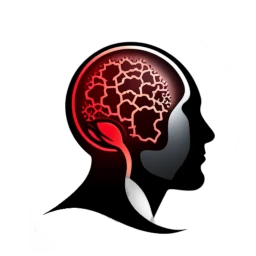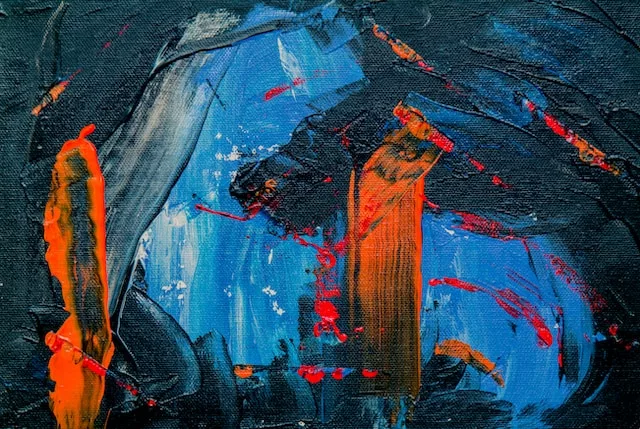In a world where technology and artificial intelligence are becoming increasingly ubiquitous, we are witnessing their impact on various aspects of life, including art. Thanks to AI, artists from different fields, from painting to music, are discovering new ways to express their creativity and blend tradition with modernity.
AI in Painting
One of the most well-known examples of AI in art is the painting “Portrait of Edmond de Belamy” generated by a neural network, which was sold at a Christie’s auction for nearly half a million dollars. But AI can do more than just create images. Machine learning algorithms can be used to analyze paintings, identify styles and painting techniques, and create new works based on those analyses.
AI in Music
Similar to painting, AI is used in music creation. Algorithms can learn musical structure, rhythm, and harmony, and then utilize those skills to compose original pieces. Some of these systems, such as AIVA, are already being used by film composers and music producers to create original compositions.
AI in Literature
AI is also being utilized in literature, where machine learning algorithms can generate stories, poems, and other written forms. While these pieces may not possess the emotional depth and subtlety of a human writer, they can certainly provide fascinating and unique results.
The use of AI in art opens doors to endless possibilities. Artists can now experiment with new techniques that were not possible with traditional tools. However, it is important to remember that AI is a tool, not a substitute for human creativity. It is still humans—with their skills, sensitivity, and emotions—who are at the heart of the creative process. AI simply provides us with new tools that we can use to expand our artistic horizons.

